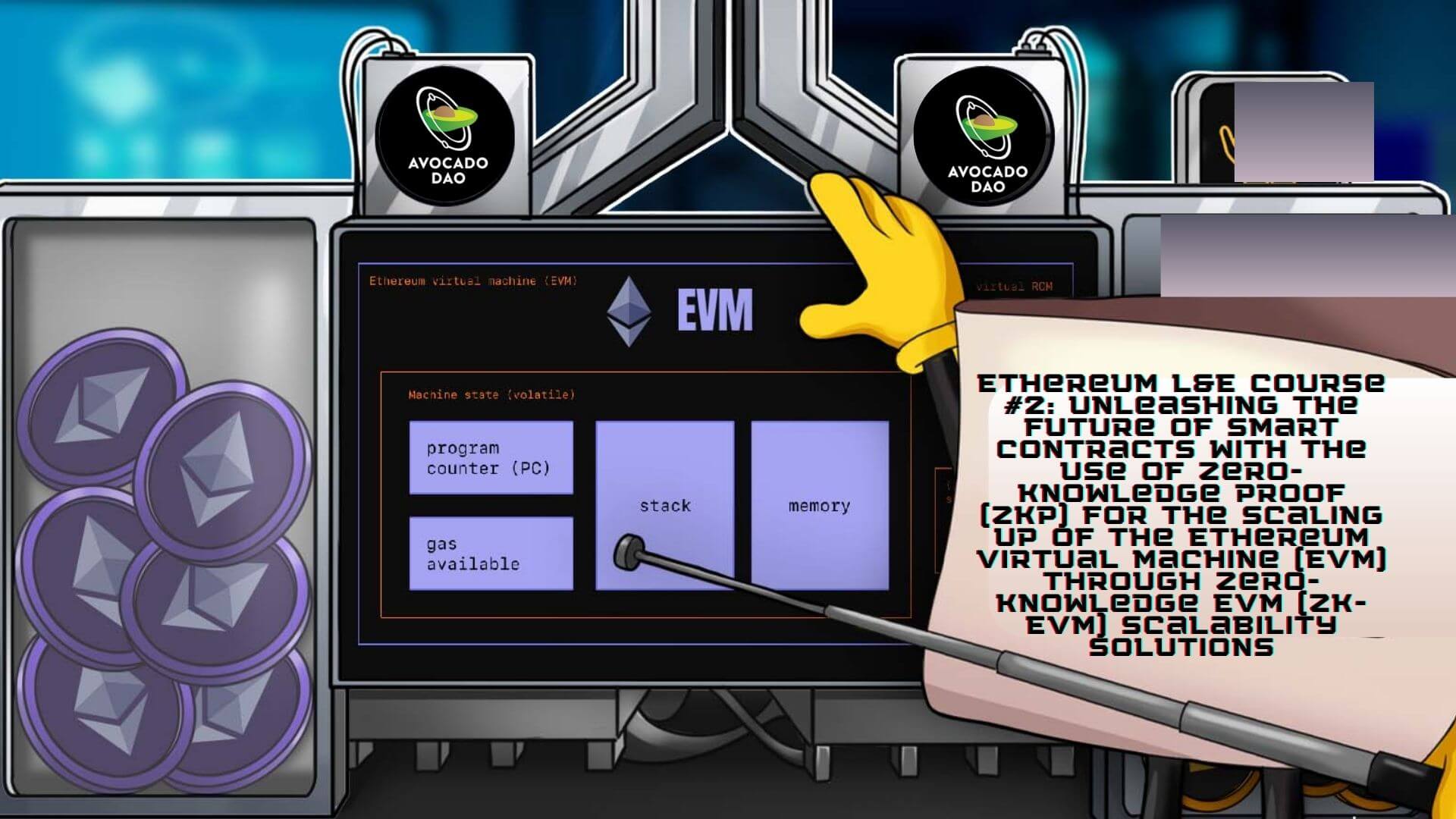
30 July 2015 is an important day for the crypto domain as it is the birth date of Ethereum, whose original name was Olympic. Ethereum was developed by a team led by Vitalik Buterin, a Canadian-Russian programmer and cryptocurrency researcher previously involved in Bitcoin's development. As the story goes, Vitalik Buterin felt constrained by the limitations of Bitcoin and decided to establish the first blockchain that integrate developers' tools to enable the network to offer game-changing breakthrough benefits from blockchain technologies. With this, Ethereum was born.
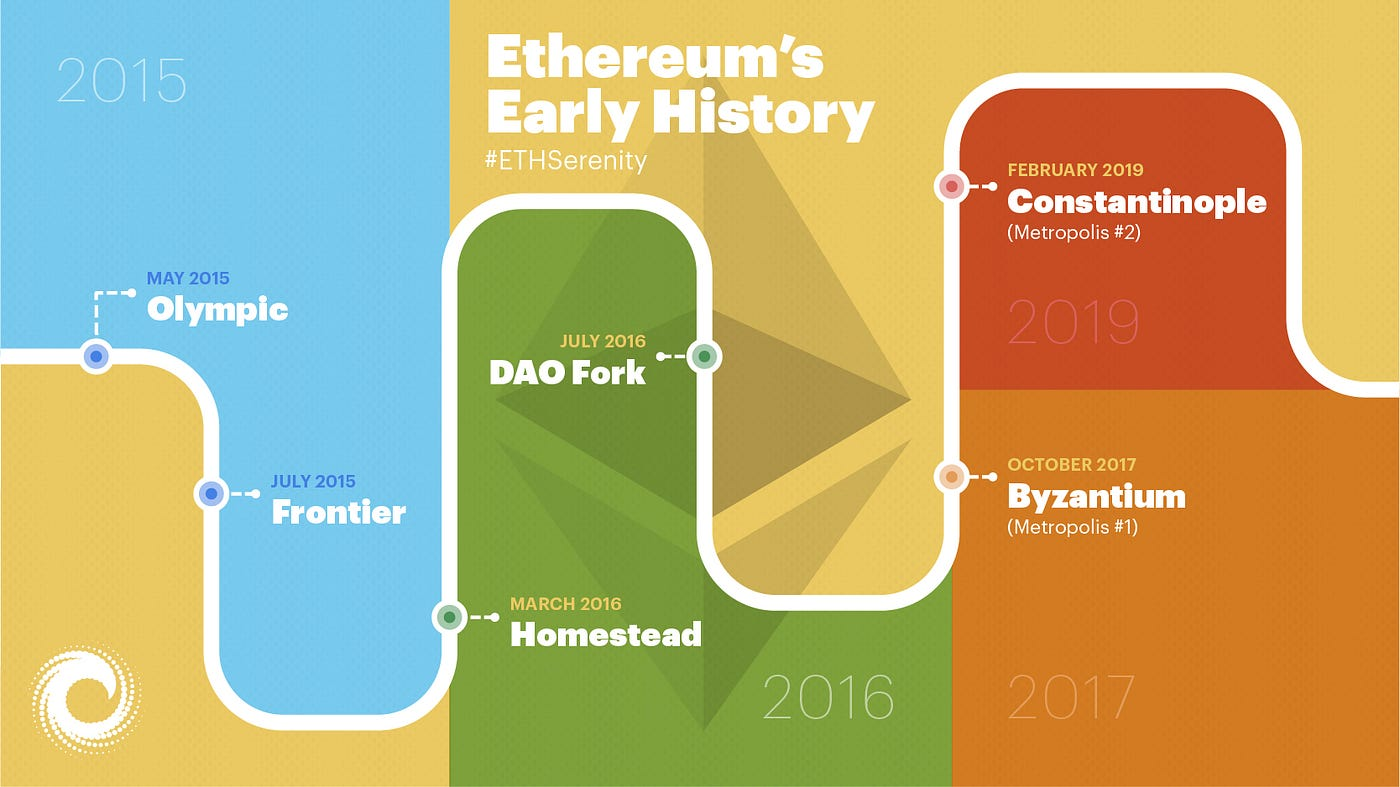
The vision statement of Ethereum is to overcome blockchain's scalability trilemma. In simple terms, the scalability trilemma refers to the catch-22 problem of blockchain networks when balancing the triple factors of security, decentralization, and scalability. As the trilemma goes, a blockchain network can't have all three of the qualities simultaneously, as it is only possible for it to have at most two of these qualities at any one time.
Ethereum aims to resolve the scalability trilemma by boosting the efficiency of its data processing functions. This would enable its network to process large amounts of transactions without sacrificing security while operating in a decentralized manner. Some of the scalability mechanisms deployed by Ethereum are as below.
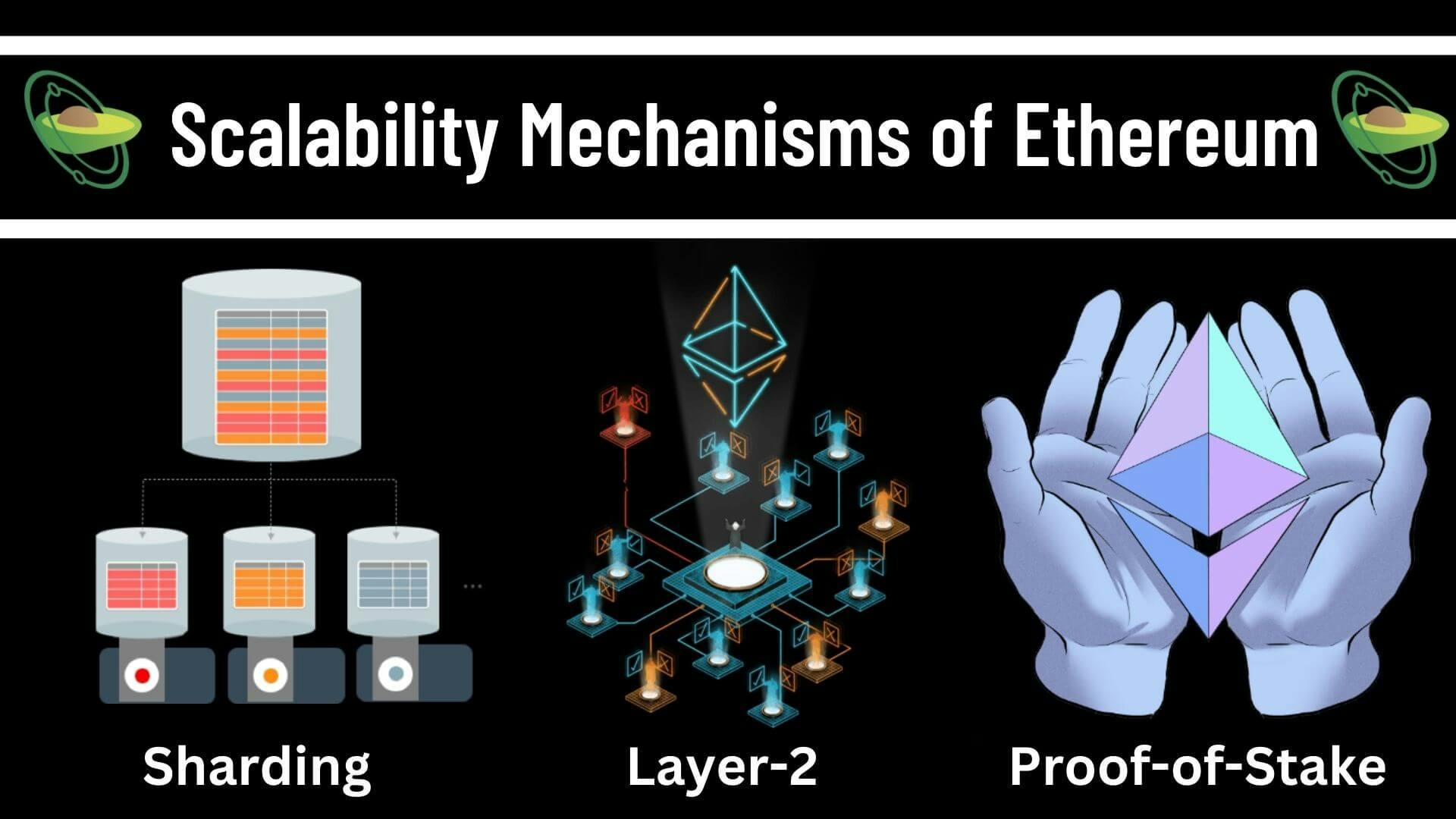
- Sharding Technique
The use of the sharding technique boosts Ethereum's bandwidth by dividing the network into partitions (shards) that can process transactions in a manner independent of one another.
- Layer-2 Solutions
The use of Layer-2 solutions boosts Ethereum's latency (time required for end-to-end data transmission) and throughput (speed of data transmission by using state channels and side chains to process the network's transactions in an off-chain manner.
- Proof-of-Stake (PoS) Mechanism
The use of the PoS mechanism boosts Ethereum's throughput by reducing the network's energy consumption, thereby allowing for higher transactions per second (TPS) limits.
With this, Ethereum is well on its way to becoming a blockchain network "powerful enough to help all of humanity." Backed by its powerful mission, Ethereum recorded USD139.96 million in earnings in Q1 2023, a 2,264% increase over the network’s earnings of USD5.92 million in Q4 2022.

At the heart of the Ethereum network is the Ethereum Virtual Machine (EVM), a software environment that powers the Ethereum ecosystem. In simple terms, the EVM functions as a virtual computer that executes smart contracts, which are self-executing programs that automatically enforce the rules and instructions (EVM bytecodes) of an agreement between parties. With the EVM at its core, Ethereum has become a booming ecosystem with over 4,000 decentralized applications (dApps) at the time of writing in mid-April 2023.
The gas fees for transactions undertaken through dApps operating on the Ethereum network are payable using Ether (ETH). The high watermark for ETH was in November 2021 when the token reached an all-time high (ATH) market capitalization of USD569 billion.

Regarding trading activities on the Ethereum network, Kyber Network is leading by a mile as the top decentralized exchange (DEX), followed by Uniswap and SushiSwap.
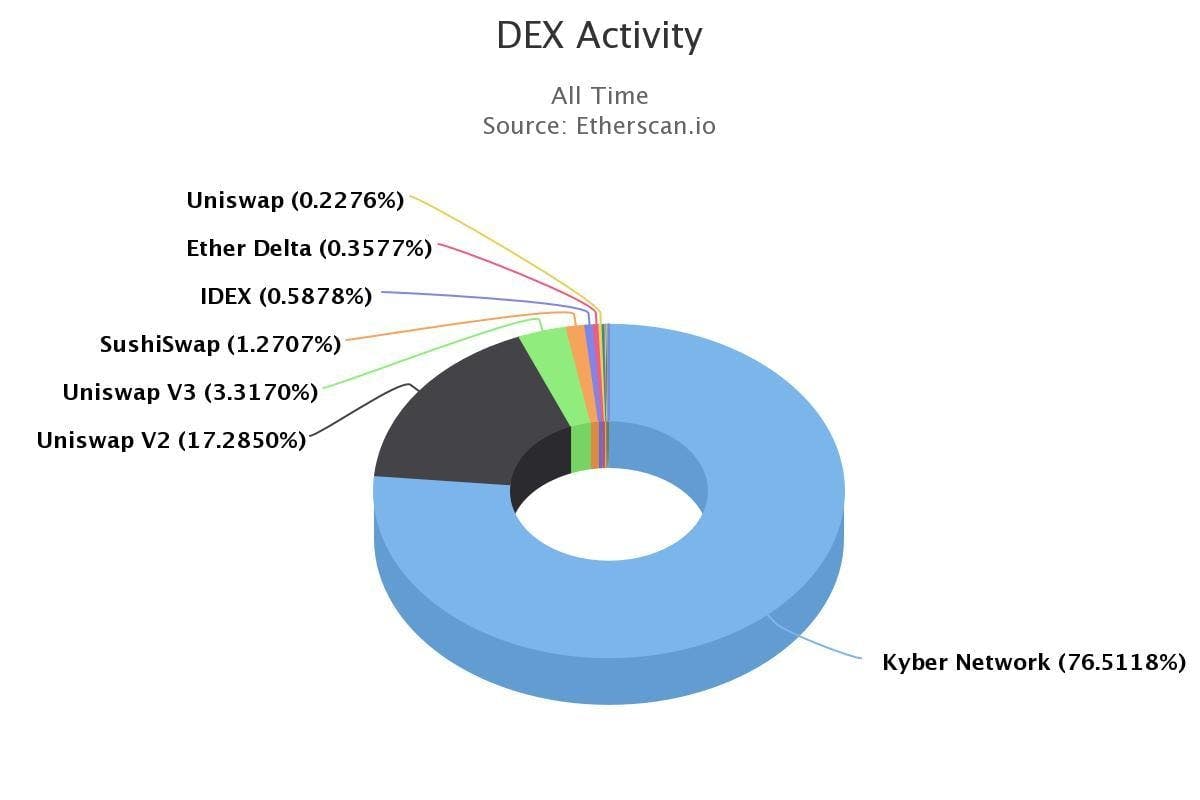
With the key metrics of its network being on the rise over the last quarter, Ethereum is well on its way to building "a digital future on a global scale."
Zero-Knowledge Proofing the Ethereum NetworkZero-Knowledge Ethereum Virtual Machine (zkEVM) is a privacy-focused protocol that runs on top of the Ethereum blockchain. Incorporating the use of zero-knowledge proof (ZKP) as part of the EVM, the main goal of zkEVM is to allow for private transactions and smart contract executions without revealing sensitive information.
This enables EVM to operate in a manner that balances the transparency of Ethereum's network and its users' privacy. Given the potential of zkEVM, it's not surprising that there has been quite a lot of action on this front in what has been dubbed the “zkEVM Wars.”
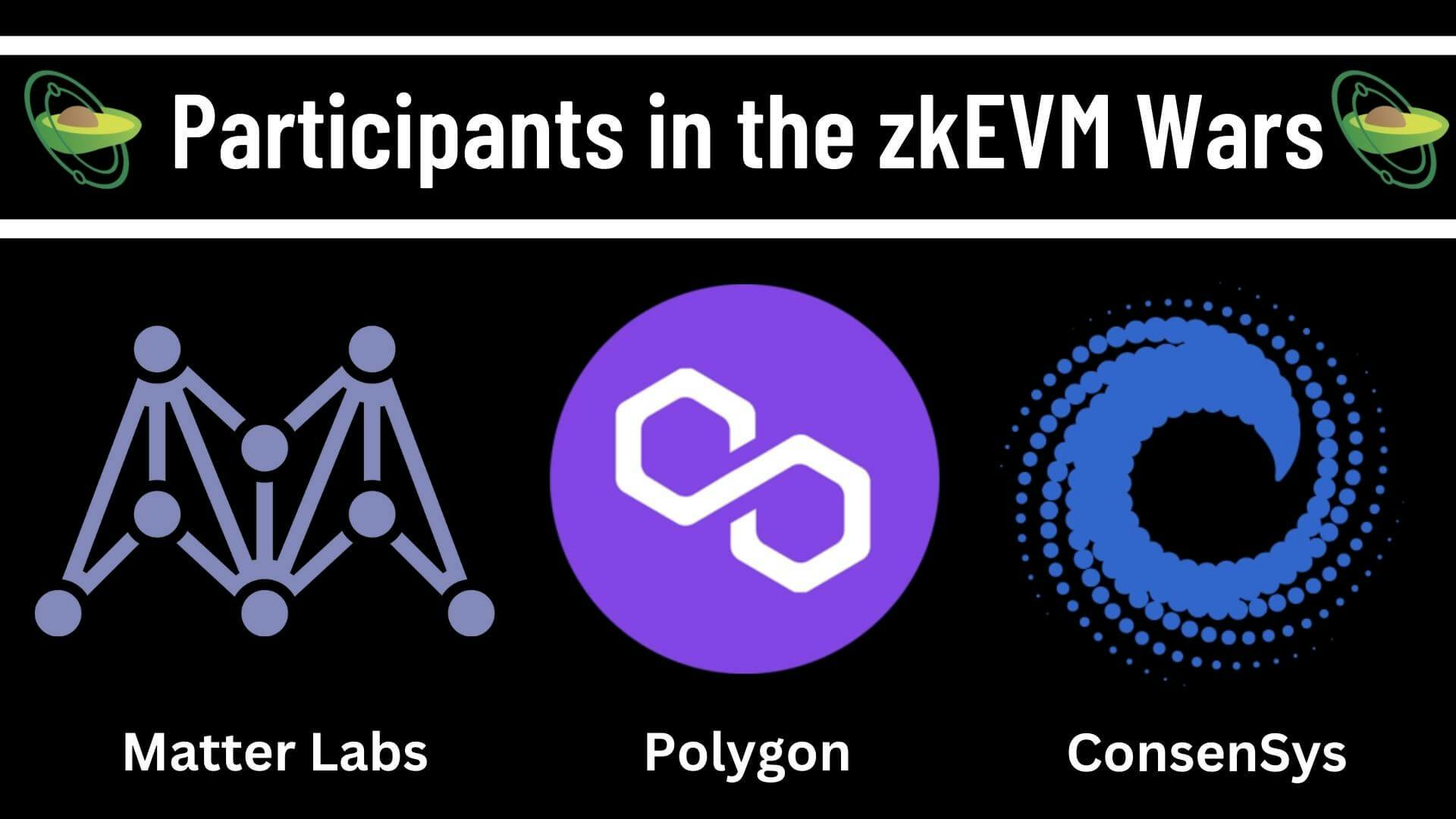
- 25 March 2023
Matter Labs announced the public alpha launch of its zkSync Era, an open source permissionless zkEVM mainnet. Notable platforms on the network include DeFi wallets Argent and MetaMask, as well as decentralized exchanges 1inch and Uniswap.
- 27 March 2023
Polygon announced the public beta launch of Polygon zkEVM. Vitalik Buterin was given the honor of initiating the first transaction on the Polygon zkEVM network. He successfully sent 0.005 ETH to a random address with the message, "A few million constraints for man, unconstrained scalability for mankind," in an implicit reference to Neil Armstrong's Moon landing quote, "That's one small step for man, one giant leap for mankind."
- 28 March 2023
ConsenSys announced the launch of the public testnet of its zkEVM network dubbed Linea. The network has processed more than 350,000 transactions since the launch of its private testnet in December 2022. As the company behind MetaMask, ConsenSys would be integrating the highly popular self-custodial wallet with Linea along with its developer toolkit, Truffle.
Given the immense potential of zkEVM in supporting the future development of the Ethereum network, this could be just the start of the zkEVM Wars.
ConclusionIf Web3 is to fulfill its potential as the next iteration of the Internet, a solution must be found for the scalability trilemma of blockchain. At the forefront of this search is Ethereum, whose EVM, once scaled up using ZKP, may be taking the digital age of decentralization to Web3 and beyond.
With Ethereum's scalability opening up the door to Web3 for the masses, learn about how Ethereum is using Soulbound tokens (SBTs) and zero-knowledge decentralized identitifers (ZkDIDs) to help users of the network secure their digital identities in our next course, "Securing the Web3 Digital Identities of Ethereum Users with ZkDIDs."